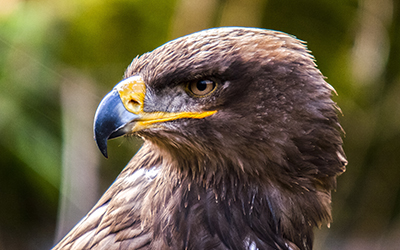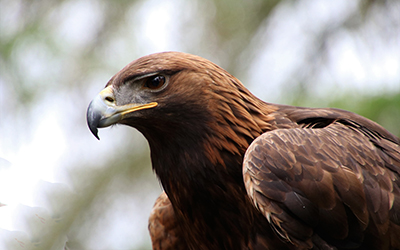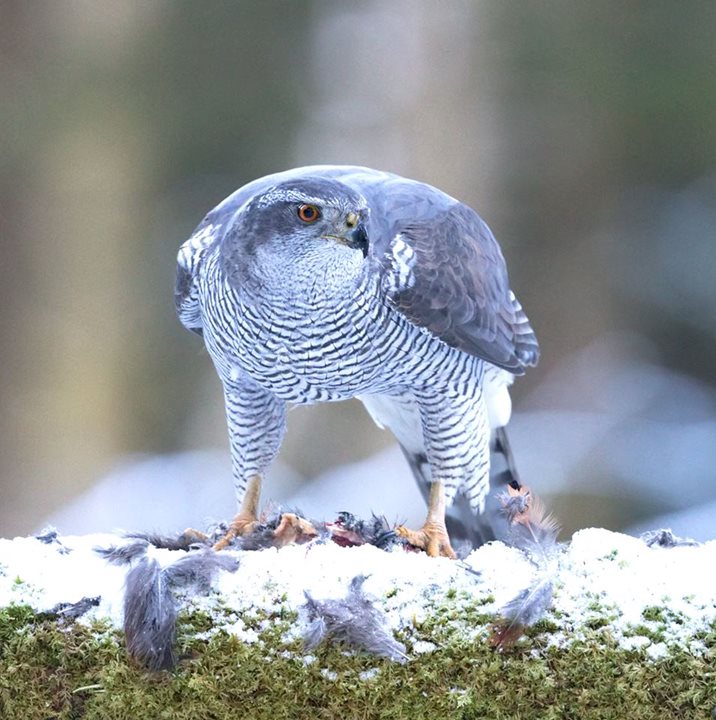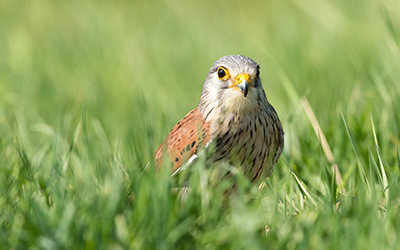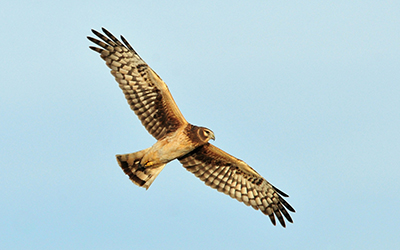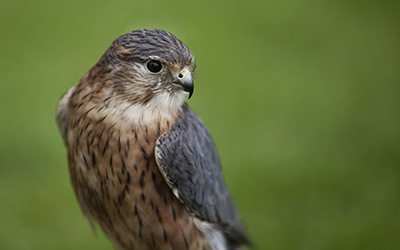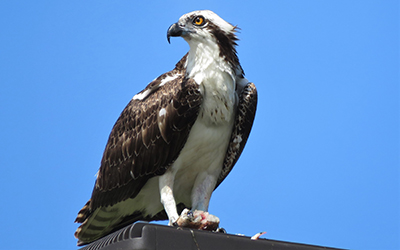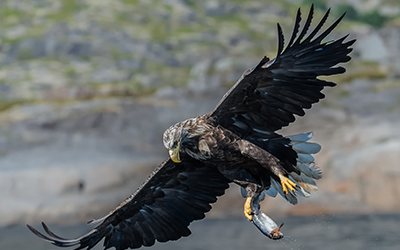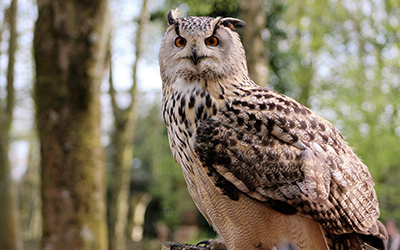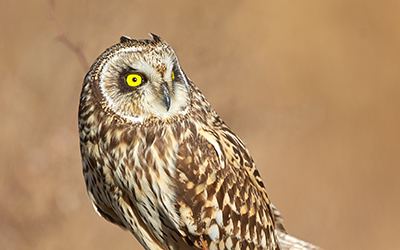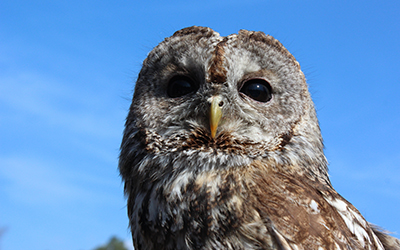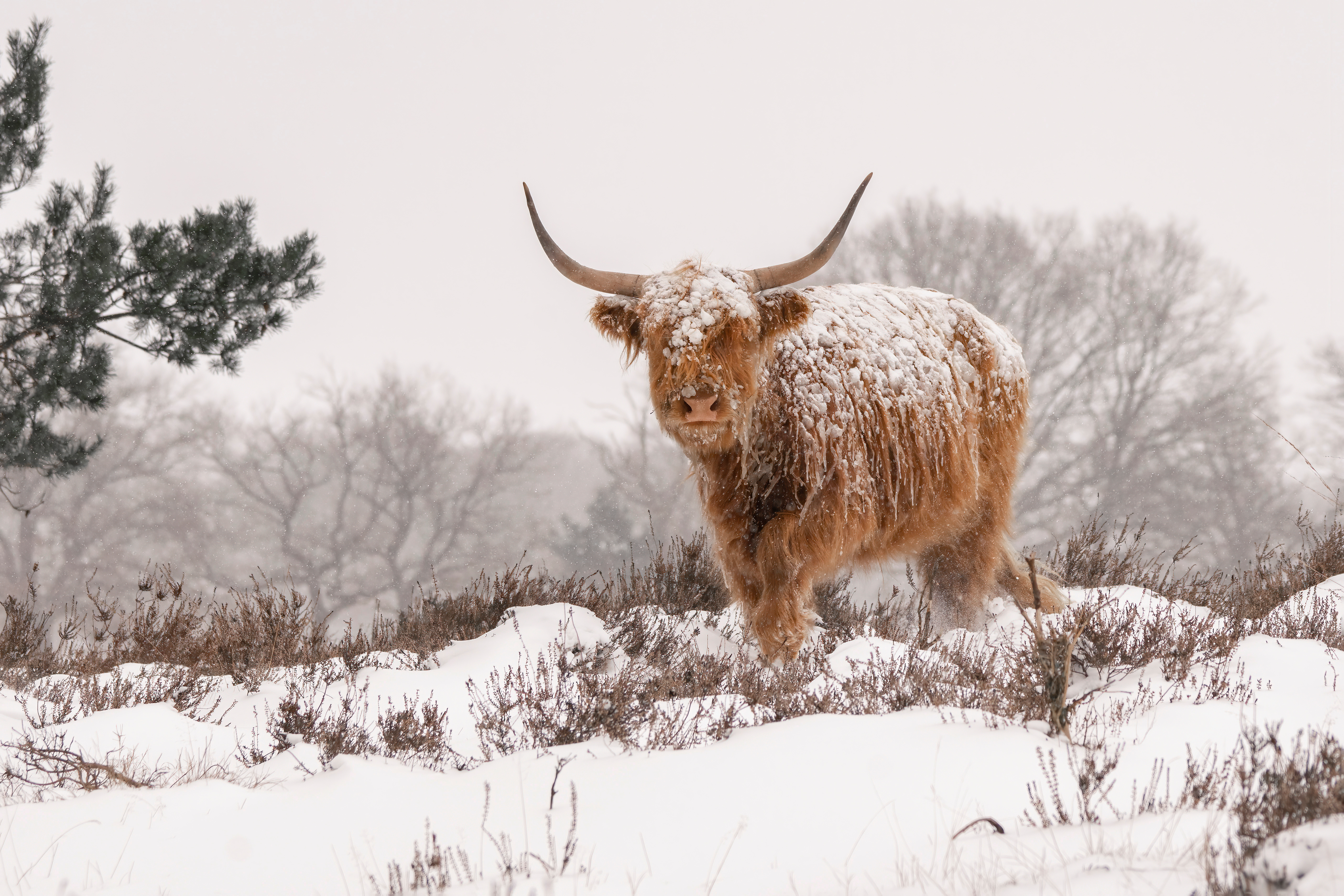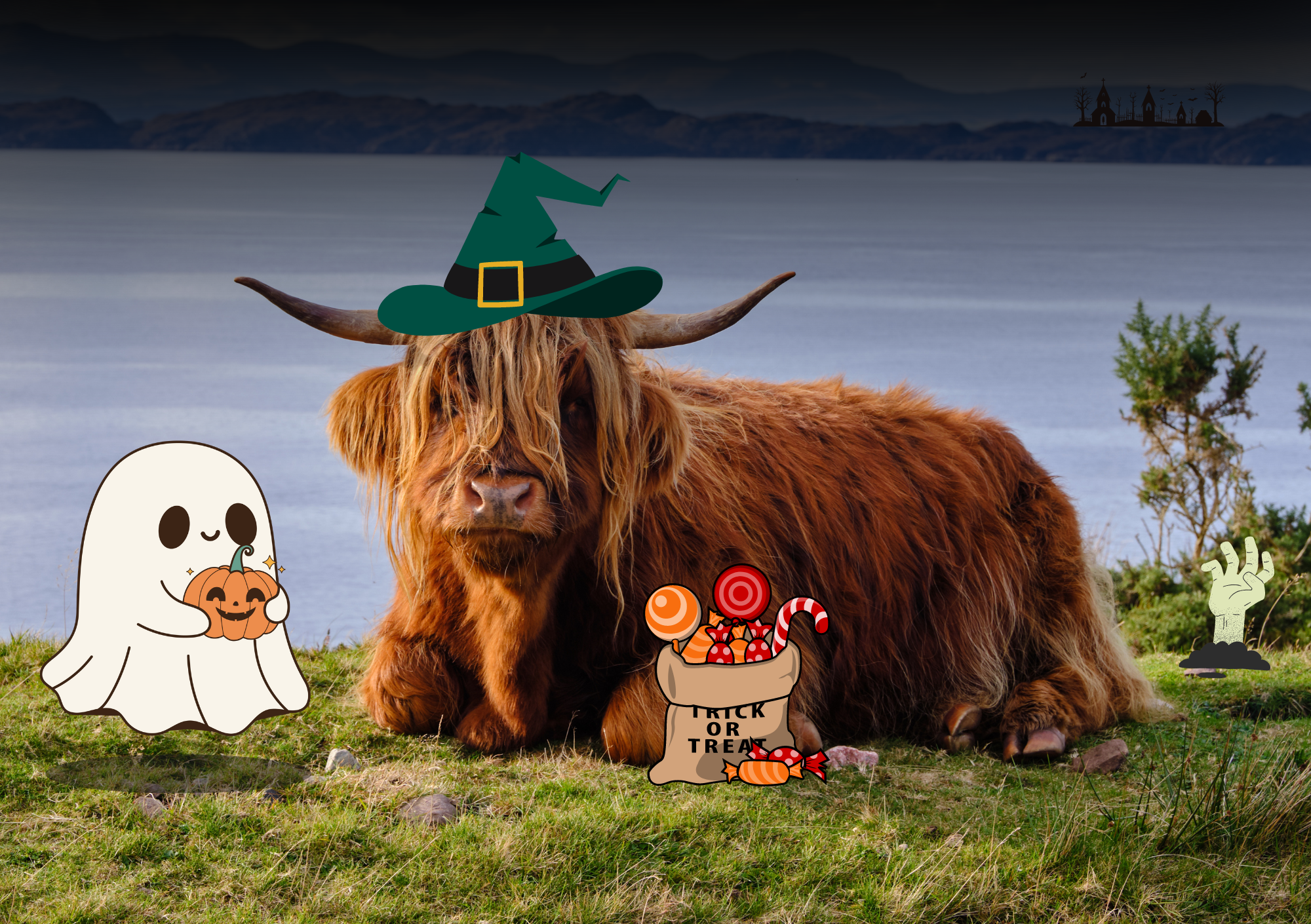Hopefully you've learnt a little about the fantastic birds of prey you can spot in Scotland. There's a good chance you'll come across some of these during a Timberbush coach tour. You can learn more about our tours here.
Scottish Birds of Prey
Scotland has vast areas of uninterrupted woodland, mountains and coastlines - making it an ideal habitat for Scotland's bird of prey.
These are beautiful and elegant creatures, but can be hard to find in remote areas of the country.
Scottish birds of prey come in all shapes and sizes, and yet have similar attributes - sharp talons, hooked bills, and great eyesight - designed to prey on small mammals, insects and birds.
We are going to take a lot at some of the most common birds of prey found in Scotland, as well as where you are most likely to see them if you decide to come on a coach tour with us.
Birds of Prey
Common buzzard
Often confused with an eagle despite it being considerably smaller, the common buzzard is the most common bird of prey in the UK and thus probably the easiest to spot. The bird is of a brown colour in order to better camouflage itself, you can recognise it by its wingspan of over a metre.
Which tour are you most likely to see this species?
Golden eagle
The second largest bird of prey in the UK, you will recognise it by its large broad wings and longer tail and by the way it holds its wings in a shallow ‘V’ shape.
Which tour are you most likely to see this species?
Goshawk
Its bright red/orange eyes and white eyebrows make this large hawk easily recognisable, with its large legs, talons and broad wingspan it excels at hunting prey.
Which tour are you most likely to see this species?
Kestrel
Once abundant and easy to spot, the kestrels numbers have dwindled but you still have a good chance of spotting them, even in the city on occasion. You will spot them by their pointed wings and long tails.
Which tour are you most likely to see this species?
Hen harrier
The males and females of the species vary in colour; males tend to be a pale grey colour whilst females are brown with spots of white near its tail, which is long and barbed. You may notice that these birds fly low, and that their wing are held in a ‘V’ shape when they do so.
Which tour are you most likely to see this species?
Merlin
At first glance the merlin may look like a small kestrel, but there are points where you will notice the difference. The merlin’s wings are broad and short pointed which allows them to be incredibly agile in flight. They tend have grey/blue upper bodied with a speckled breast, as well as a brown tail.
Which tour are you most likely to see this species?
Osprey
This fishing bird of prey can be recognised by its long wing span and a reverse ‘W’ shaped outline. It also has light underparts and dark patches about midway along its wings. You may see them carrying fish back to their young around lochs.
Which tour are you most likely to see this species?
White tailed eagle (sea eagle)
This eagle is the largest bird of prey in the UK and can be recognised by its pale head, broad rectangular wings that can span around 2 and a half metres and, when stationary, stands about a metre tall.
Which tour are you most likely to see this species?
Long Eared Owl
This owl may appear long and thin but is of a medium size, normally a brown shade with darker brown streaks throughout and orange eyes. The long ears are not in fact ears though but head feathers that raise when shocked so you really shouldn’t see this.
Which tour are you most likely to see this species?
Short-eared owl
With short ears and a medium sized build, you will most likely spot these owls hunting during the day as they tend to prefer open areas where their prey of small mammals is plentiful.
Which tour are you most likely to see this species?
Tawny Owl
The prominent feature of the Tawny Owl is its dark eyes and its rounded head, with the body being reddish brown with dark spots near the face. It tends to hunt in the same area, not travelling far and is fairly widespread in Scotland.
Which tour are you most likely to see this species?

